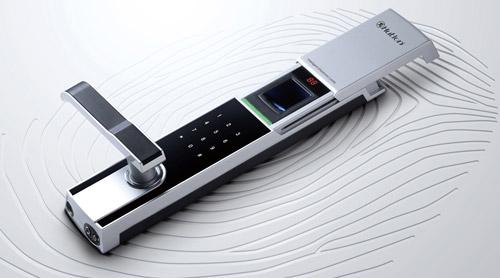Smart electronic locks are more intelligent and convenient locks in terms of user safety, identification and management. Commonly used in banks, government departments (focusing on safety), as well as hotels, school dormitories, residential quarters, villas, hotels, etc. Nengbiao provides CNAS quality inspection report processing for smart electronic locks to provide protection for the safety of users.

Intelligent electronic lock detection standards:
GA 701-2007 "General Technical Requirements for Fingerprint Anti-theft Locks"
Test items: flexibility, size and appearance quality; strength test; function test; performance test; power supply test; environmental adaptability test; electromagnetic compatibility test.
GA 374-2001 "Electronic Anti-theft Lock"
Test items: structure and appearance; power supply test; information preservation; false recognition rate test; strength requirements; key requirements; environmental adaptability; anti-interference requirements; safety requirements; stability requirements; durability requirements; anti-technical opening requirements; prevention Destroy the alarm function.
GB 21556-2016 "General technical conditions for the safe use of locks"
Test items: combination code; lock tongue extension length; lock body withstand static load and impact strength; handle static pressure and torque; power supply performance; environmental adaptability; anti-interference; safety requirements; stability requirements.
Process of handling smart electronic lock detection:
1. Project application-submit the CNAS report to the energy standard testing agency for application.
2. Document preparation-According to the requirements, the company prepares the relevant certification documents.
3. Product testing-the company sends the samples to be tested to the laboratory for testing.
4. Preparation of reports-certification engineers prepare reports based on the qualified test data.
5. Submit for review-the engineer will review the complete report.
6. Issuing a certificate-after the report is verified, the report will be issued.

 Hello, welcome to visit the official website of Nengbiao Testing!
Hello, welcome to visit the official website of Nengbiao Testing! Website map
Website map Contact
Contact ENGLISH
ENGLISH








